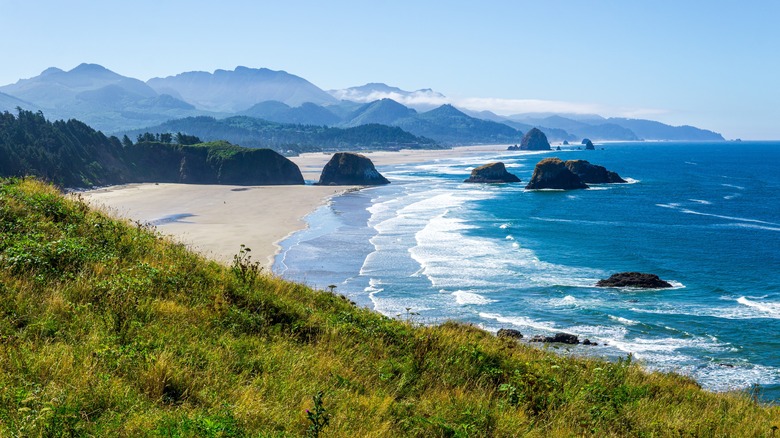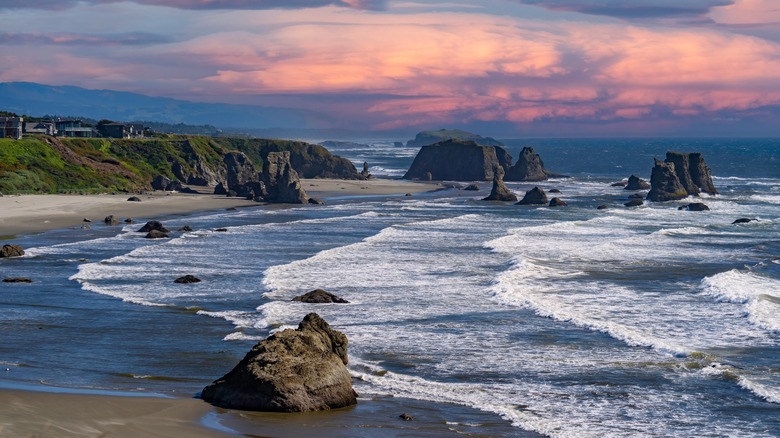With its dramatic sea stacks, sandy dunes, and forested cliffs, Oregon’s coast is like something out of a movie. It’s no surprise that places like Cannon Beach, Pacific City, and Cape Lookout consistently top travel lists. But Oregon’s beaches can also be incredibly dangerous, and some of the biggest threats to swimmers are rip currents. These powerful channels of water can easily drag someone out to sea before they even realize it. Many people often panic, trying to swim against the current, only to wear themselves out and put themselves at risk of drowning.
In 2024, an analysis by law firm Anidjar & Levine named Oregon as the most dangerous state for swimmers, based on rescue average per beachgoer. Oregon State Parks and the National Weather Service issue regular warnings about beach hazards, but many travelers — especially those used to swimming in calmer waters — don’t realize how different the Pacific can be. Even on sunny days, waves can be powerful enough to knock you off your feet.
Rip currents can form quickly, often near jetties, piers, or natural breaks in the coastline, which happen to be some of the most picturesque and popular places for tourists. That’s why local officials say to be cautious even when the water appears calm. If you’re not educated on how to spot and escape a rip current, you’re at risk the moment you step into the surf. So, before you think about taking a dip off the coast of Oregon, be sure you are well-educated in water and beach safety first.
What to know before you dip a toe in Oregon’s coastal waters
The West Coast is home to some incredible lakes for swimming, like Oregon’s Crater Lake — the deepest lake in America — so there are fantastic alternatives for anyone who wants to play it safe. But knowing how to spot a rip current and what to do if caught in one is invaluable information for any beachgoer.
First, learn how to spot rip currents. They often appear as darker, calmer-looking channels of water cutting through the white foam of breaking waves. The water might look still, or you may see churning, foam, or debris. If you’re not sure what you’re looking at, don’t risk it. Also, never swim alone, and always let someone know when you are entering the water. If you get caught in a rip current, don’t panic and try to swim against it, as that’s where most people exhaust themselves and drown. Instead, swim parallel to the shoreline until you’re free of the current’s pull. If a rescue is on its way to you, tread water until they arrive and float to save energy. If someone else gets pulled into a rip current, call for help and don’t take your eyes off them until help arrives.
Another safety tip: Oregon safety experts say to never turn your back on the ocean. Sneaker waves can show up out of nowhere and drag you into the water. Officials also recommend checking tide forecasts from the National Weather Service before visiting. And if you’re not a strong swimmer, skip the water altogether and enjoy the coast from the sand (at a safe distance). There’s no shortage of scenic overlooks, tide pools, and hiking trails that let you soak in the magic of the Pacific Coast without getting wet.



